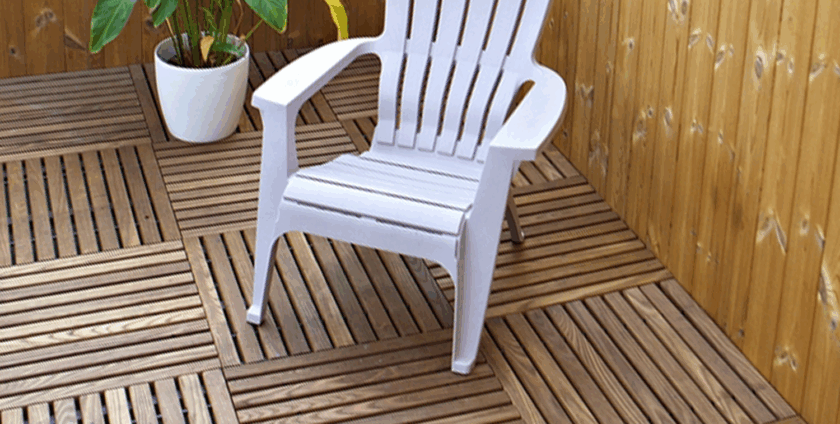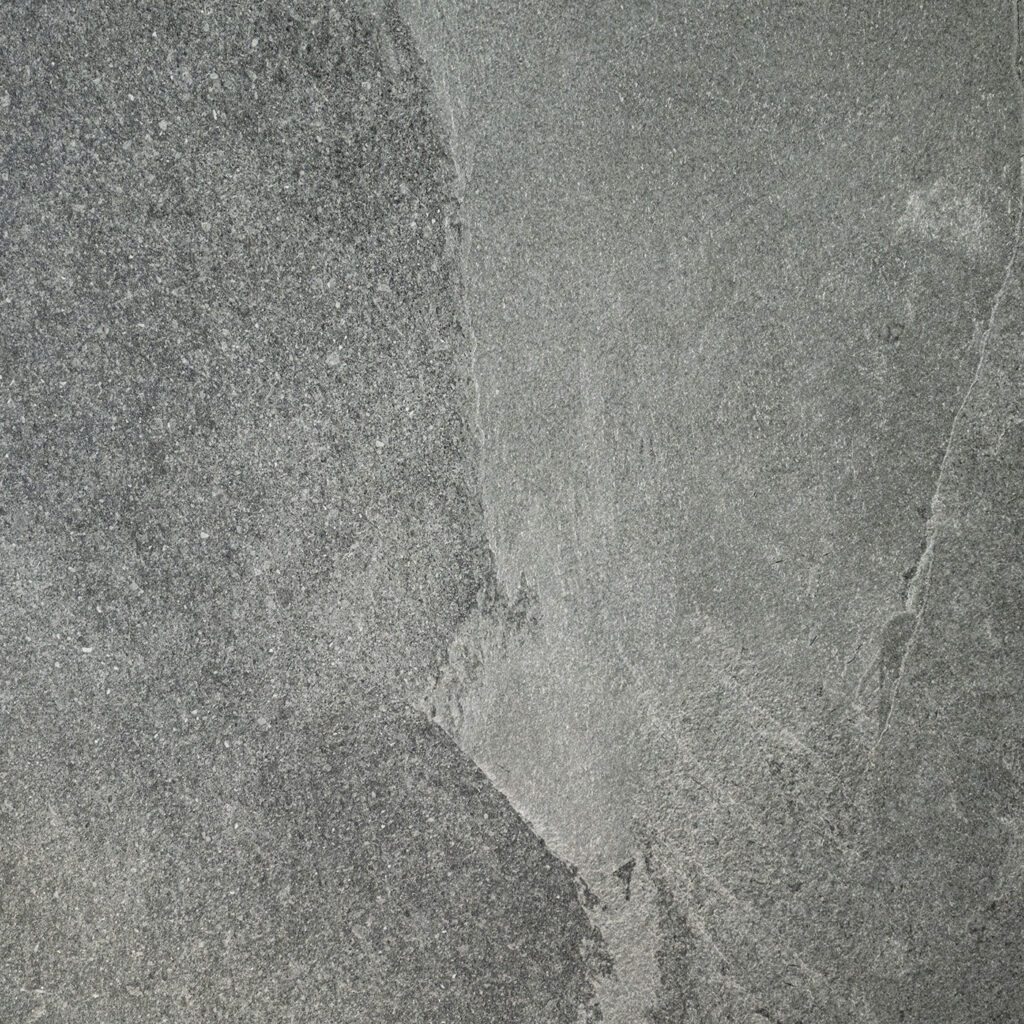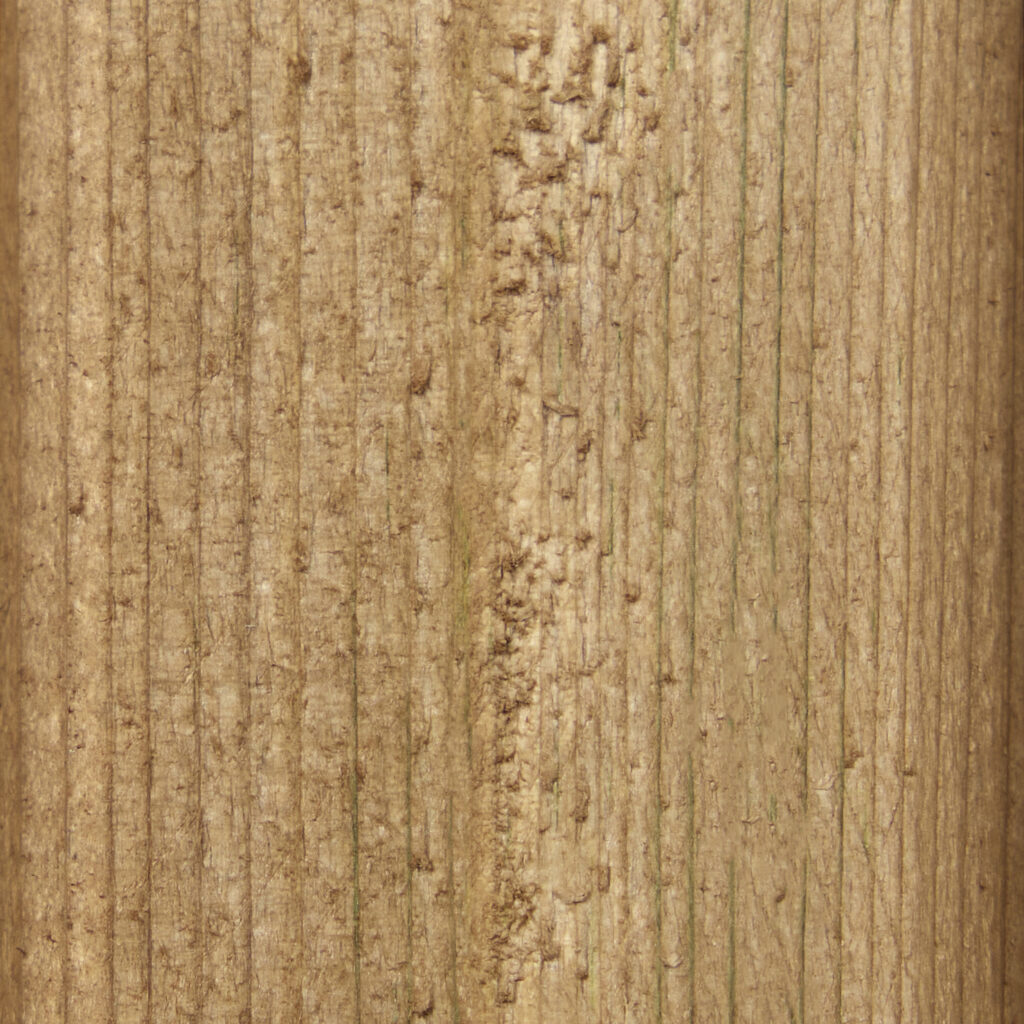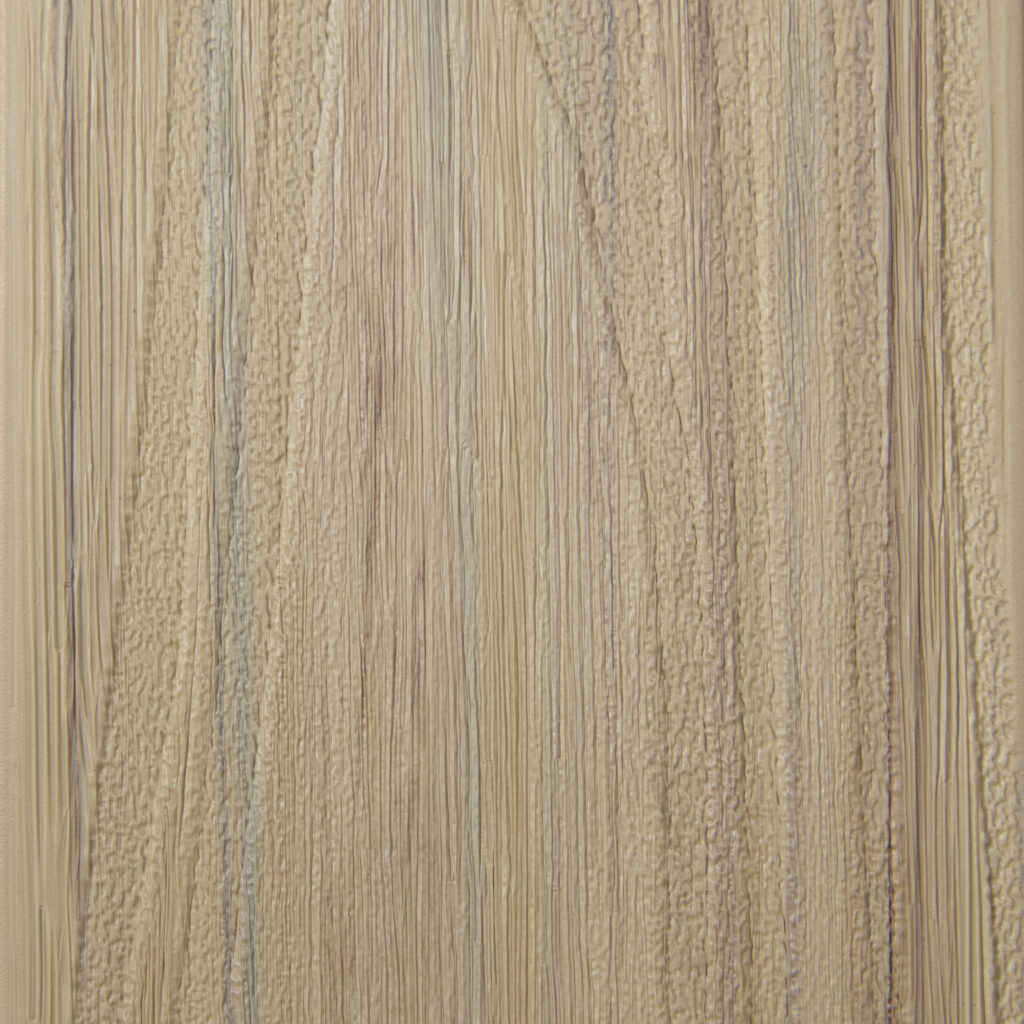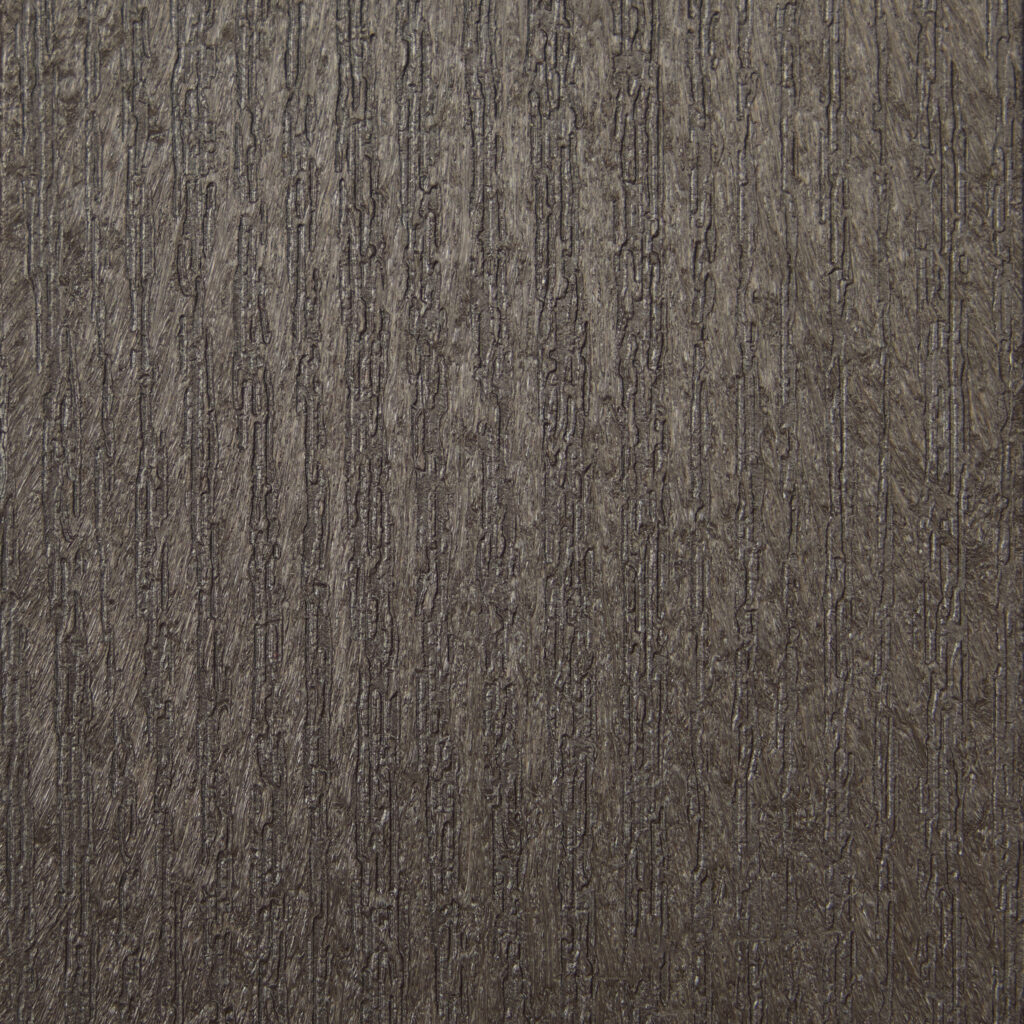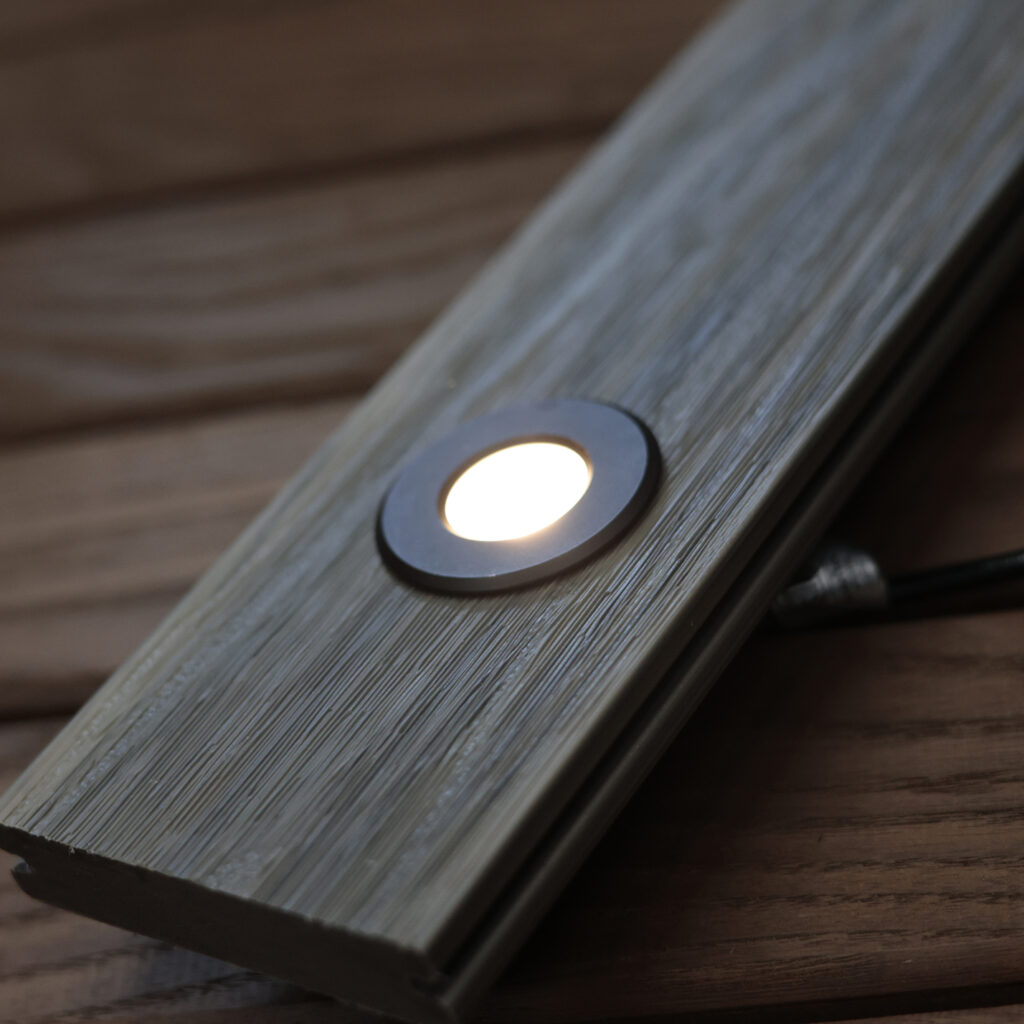Would you like to browse our deck tile products and accessories?
Pressure-treated narrow-board wood has gained popularity for outdoor projects due to its durability and resistance to elements like moisture, insects, and decay. This material is commonly used in outdoor decking, fencing, and other structures that must withstand harsh outdoor conditions. While its functional benefits are undeniable, it’s important to examine its environmental impact, from production to disposal. For businesses like Designer Deck, which prioritize sustainable solutions, understanding the ecological footprint of pressure-treated wood is essential.
What is Pressure-Treated Narrow-Board Wood?
Pressure-treated lumber undergoes a chemical treatment process to increase its longevity. This type of wood, particularly in its narrow-board form, is favoured for contemporary styles because of its clean look and adaptability in numerous exterior projects. During the treatment, chemical preservatives are infused into the wood fibers under high pressure, rendering the wood impervious to decay, pests, and fungal growth.
Common Uses:
- Outdoor decking
- Fencing
- Pergolas and gazebos
- Raised garden beds
- Playground structures
While pressure-treated narrow-board wood offers practical benefits, its impact on the environment raises important questions.
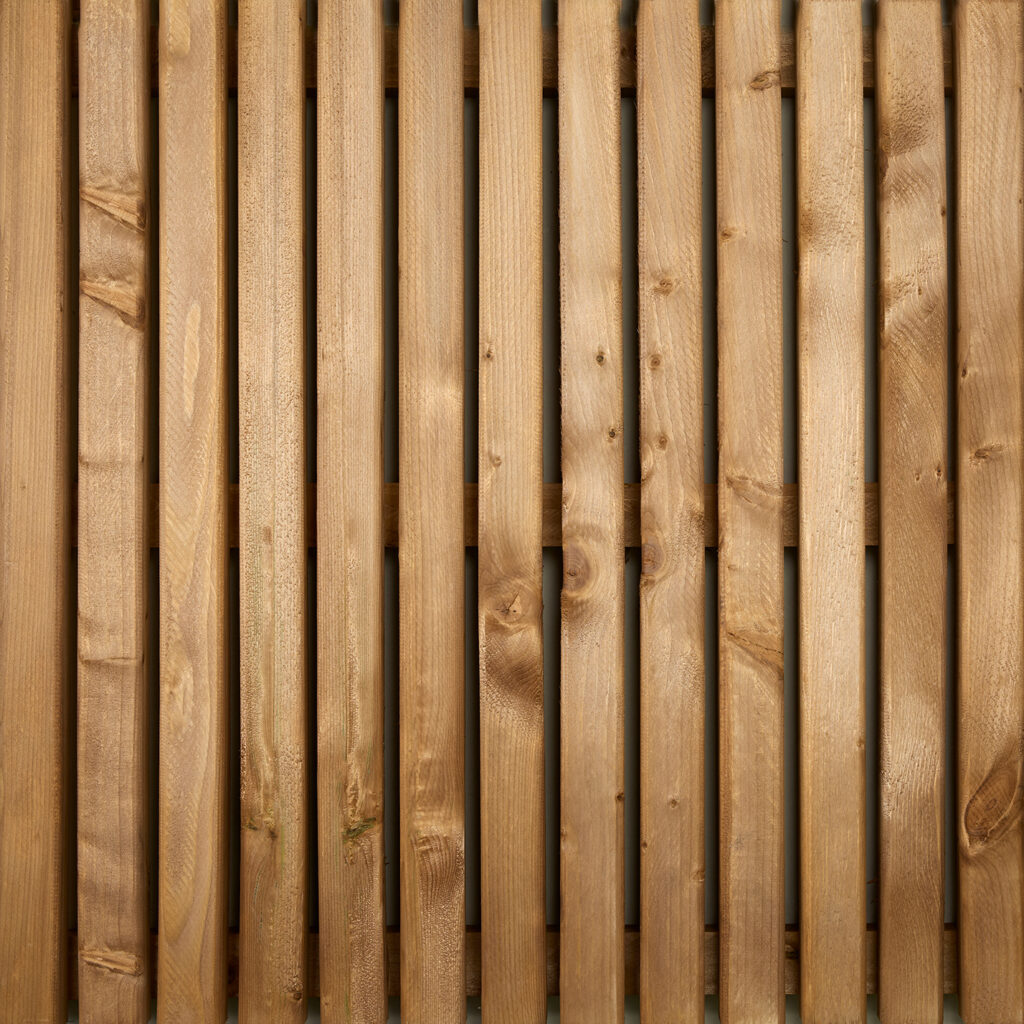
The Production Process and Environmental Concerns
The manufacturing of pressure-treated wood involves the use of chemical preservatives like chromated copper arsenate (CCA), alkaline copper quaternary (ACQ), or copper azole (CA). These chemicals are applied to extend the lifespan of the wood, but their production and use have notable environmental consequences.
1. Chemical Impact:
- The preservatives used can leach into the soil and water over time, especially if the wood comes into direct contact with the ground.
- Chemicals like copper and arsenic are toxic to some forms of marine and plant life, potentially disrupting ecosystems near production facilities or outdoor installations.
2. Energy Use in Treatment:
The process of pressure-treating wood requires energy-intensive machinery and facilities, contributing to the carbon footprint of the material. From harvesting the wood to treating it, the process can release greenhouse gases.
3. Sourcing of Wood:
If the wood used for pressure treatment is not sourced from sustainably managed forests, it may contribute to deforestation. This can result in the loss of habitats, decreased biodiversity, and heightened carbon emissions.
Benefits of Pressure-Treated Narrow-Board Wood
Despite its environmental concerns, pressure-treated wood offers benefits that may align with sustainability goals when used responsibly.
1. Longevity and Reduced Waste:
Pressure-treated wood lasts much longer than untreated wood, reducing the need for frequent replacements. This can decrease overall resource consumption over time.
2. Affordability:
Compared to alternative materials like composite decking or metal, pressure-treated wood is more cost-effective, making it accessible for a wider range of consumers.
3. Versatility in Design:
Narrow-board wood offers flexibility for modern and space-efficient custom designs, which is particularly valuable for urban areas where space is limited.
Environmental Challenges in Disposal
Disposal of pressure-treated wood presents a significant challenge due to the chemicals it contains. Improper disposal methods, such as burning or dumping in unregulated areas, can release harmful toxins into the air and soil.
1. Incineration Risks:
Burning pressure-treated wood releases toxic chemicals into the air, posing health and environmental risks.
2. Landfill Concerns:
When disposed of in landfills, chemicals from the wood can leach into groundwater, contaminating nearby ecosystems.
3. Recycling Limitations:
Pressure-treated wood cannot be easily recycled because of the preservatives used. This limits its potential for reuse in other applications.
Alternatives and Sustainable Practices
To mitigate the environmental impact of using pressure-treated narrow-board wood, several strategies can be adopted.
1. Opt for Eco-Friendly Treatments:
Newer pressure-treating methods use less harmful chemicals, such as borate treatments, which are effective and have a lower environmental impact.
2. Use Certified Sustainable Wood:
Make sure that the wood is certified by entities such as the Forest Stewardship Council (FSC) or the Programme for the Endorsement of Forest Certification (PEFC). These certifications ensure that the wood has been sourced through sustainable practices.
3. Combine with Recycled Plastic Deck Tiles:
Using pressure-treated wood in conjunction with recycled materials like Designer Deck’s narrow board recycled plastic deck tiles can offset some environmental impacts. These tiles provide durability and style while promoting sustainability.
4. Encourage Proper Disposal:
Educate consumers and contractors on the proper disposal of pressure-treated wood to minimize harm. Many regions have designated facilities for handling chemically treated materials.
5. Explore Alternative Materials:
Composite decking, metal, or untreated durable hardwoods like cedar and redwood are excellent alternatives to pressure-treated wood for certain applications.
Designer Deck’s Commitment to Sustainability
At Designer Deck, we prioritize sustainable practices in all our offerings. While pressure-treated narrow-board wood remains a popular choice for outdoor projects, we are committed to providing eco-friendly solutions that align with our clients’ environmental values. Our selection of recycled plastic deck tiles provides a robust, fashionable, and eco-friendly substitute for conventional wooden decking.
Key Features of Our Deck Tiles:
- Made from 100% recycled materials
- Available in colors like Deep Barrel, Sandstone, Dusty Pebble, and Stormy Day
- Resistant to water, fading, and insect damage
- Easy to install and maintain
By integrating sustainable materials like recycled deck tiles into your projects, you can reduce your environmental footprint without compromising on quality or aesthetics.
Conclusion
Pressure-treated narrow-board wood offers undeniable benefits for outdoor designs, but its environmental impact cannot be overlooked. From the chemical-intensive production process to challenges in disposal, the material has a significant ecological footprint. However, by adopting sustainable practices, using eco-friendly alternatives, and combining materials like recycled plastic tiles from Designer Deck, it’s possible to balance functionality with environmental responsibility.
As we continue to prioritize sustainable living, choices in materials for outdoor projects must reflect a commitment to preserving our planet for future generations. For those seeking innovative and eco-friendly solutions, Designer Deck remains a trusted partner in creating beautiful and responsible outdoor spaces.
